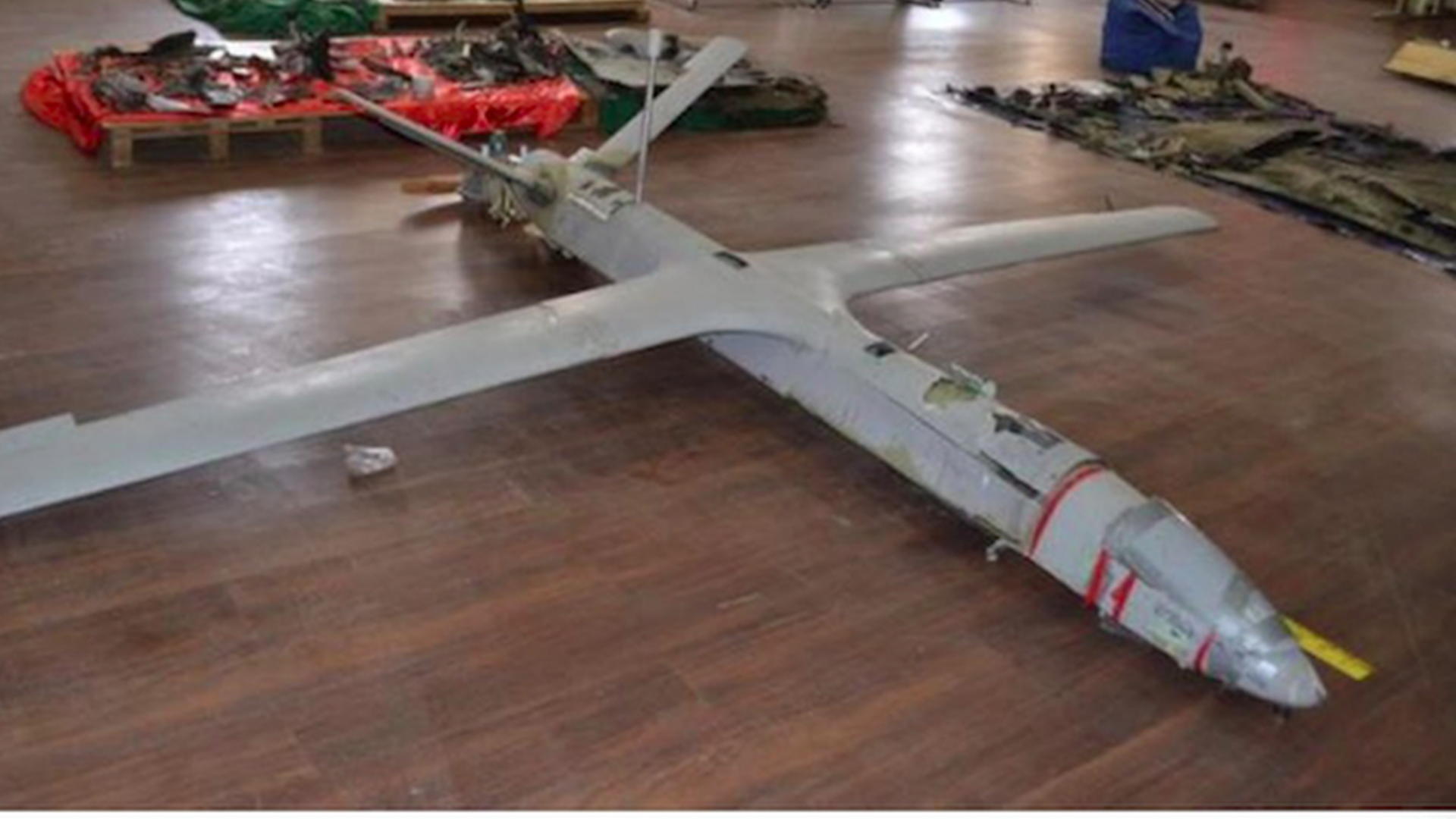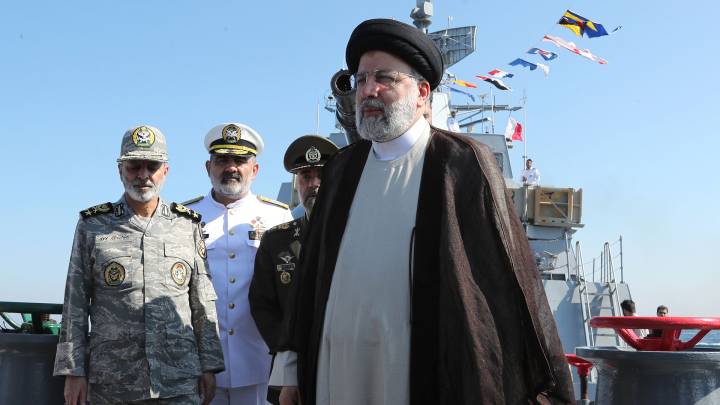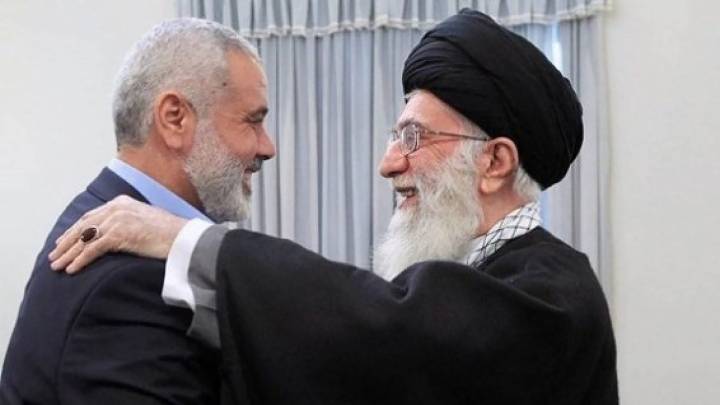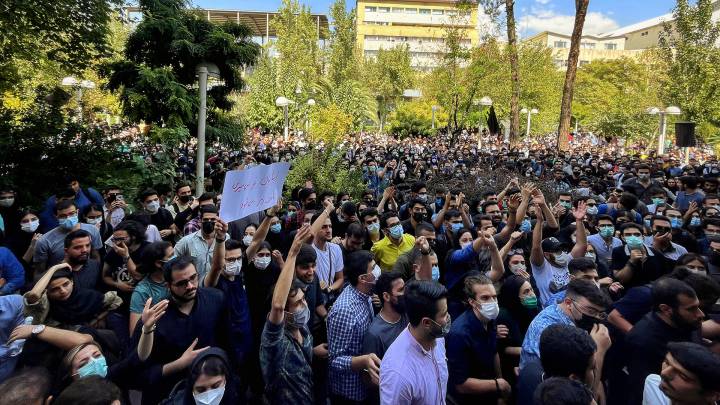The ‘Kalashnikov of the skies’ is changing the equation of warfare, equipping non-state actors with unprecedented aerial capabilities. Iran has found a cheap way to arm its vassals, though development of drone systems doesn’t follow a straight path.
The world looks eagerly to Saudi Arabia, shaken by a devastating attack on major oil production facilities in the middle of the Saudi desert. As the cause of the resulting possible increase in fuel prices, many observers ask: How could such a devastating attack on Saudi oil production have been possible? Who is behind it? Who benefits? Again, the astonished public has to realize that, obviously, ‘drones’ were used as means of attack. It seems that such weapon systems are not only the preferred weapons of choice of the states of the so-called first world, but also of other institutions, like regimes, insurgent movements or even terrorists.
In fact, the phenomenon of ‘drone’ attacks in the Middle East conflict region is nothing new. The hot spots in Iraq, Syria, Yemen and the Levant (i.e. Israel against its multitude of enemies) have been full of reports of so-called drone attacks for years. These range from the use of improvised armed mini-drones to unmanned systems the size of a small aircraft. The terror organization ‘Islamic State’ successfully dropped small explosive devices from commercially available drones, or let these ‘kamikaze’-like drones drop into targets.
During the battle for Mosul in 2016, Iraqi security forces were confronted with dozens of drone attacks on a daily basis. From January 2018 on, whole swarms of drones repeatedly attacked the Russian air base Khmeimin in Syria, showcasing a marked increase in drone warfare capacity. As a result, several Russian fighter planes were severely damaged or even destroyed. The originator of these attacks, which were carried out over a long distance, remains in the dark. It is a fact, however, that the operations of the Russian Air Force contribute decisively to the success of the Syrian Armed Forces, i.e. a disruption of these operations is in the interest of a large number of players.
Hezbollah and Hamas have carefully studied developments in other conflict regions and had begun (with and without support) to develop and deploy their own systems
At the highest level, however, the use of drone systems in those conflict regions where Iran’s interests peak is of the highest importance. And this applies especially to Israel and the Arab Peninsula. Almost unnoticed by the public, Iran has succeeded in developing an entire family of unmanned systems over the past decades. Drones of different classes on the one hand, and cruise missiles of different performance parameters on the other. The logical consequence was to make these weapons available to friendly groups, pursuing the same interests as or even being controlled by Tehran within the framework of proliferation.
In 2012, it became known that a drone of the (Iranian) type Sahed-129 was steered by Hezbollah into Israeli airspace. It was promptly shot down by the Israeli Air Force. From the beginning of the 2010s (e.g. 2014 as part of Operation Protective Edge), the Israeli Defence Forces were increasingly confronted with the deployment of hostile mini-drones. Hezbollah and Hamas had carefully studied developments in other conflict regions and had begun (with and without support) to develop and deploy their own systems. Low-cost and effective.
However, 2018 brought a remarkable increase in quality. In February, an (Iranian) Saegheh drone from Syria succeeded in flying into Israeli airspace. Here, too, a rapid launch took place, but during the attack on the ground control station, an Israeli F16 was shot down. This represented a turning point. More troublesome, the Saegheh resembled an American drone type RQ-170 Sentinel. A specimen of this type had been lost in Iranian airspace in December 2011.
It seems as if Iran succeeded in rebuilding the American drone using reverse engineering
At first this loss had been denied by the US until former US President Obama demanded the return of American ‘property’ from Iran. It seems as if Iran succeeded in rebuilding the American drone using reverse engineering. The important thing about the incident in Israel, however, was the fact that the Saegheh drone was obviously loaded with explosives. And this was a nasty surprise even for the Israelis. Thus, the opponent would have been able to attack any object on Israeli soil. Therefore, Israeli Prime Minister Netanyahu presented the remains of the drone to the public (even at the Munich Security Conference) in a haunting way.
The war in Yemen also presents a testing ground for the technology of unmanned systems. Despite the supply and use of Western precision weapons and armed drones, the Arab coalition forces have so far been unsuccessful in defeating the Houthis. On the contrary, the Houthis are achieving more and more spectacular successes. The recent attack on the Saudi oil facilities therefore represents only one more step in the escalating spiral of aerial warfare in this conflict.
In 2017, the Houthis used drones of the type Qasef-1 for the first time. Clearly modelled in appearance after the Iranian Ababil, Qasef-1 boasts a range of 150 kilometres and can be loaded with explosives. As a result, the Houthis increasingly claimed responsibility for several attacks on targets in Saudi Arabia and in the United Arab Emirates using their new potent aerial weapon of choice. The attacks were directed against critical infrastructure, i.e. airports (e.g. in Dubai) and oil pipelines and production facilities in Saudi Arabia. Some of these attacks are said to have been flown over several hundred kilometres.
Qods is said to have a range of several hundred kilometres and on closer inspection clearly resembles the Iranian cruise missile Soumar
In July 2019, the Houthis again presented their ‘self-developed’ arsenal of weapons in use. But this time, a set of new weapons were in the spotlight. Not only drones (including the new UAV-X system with a range of up to 1,500 kilometres) and missiles, but also cruise missiles. First among them: Qods, which is said to have a range of several hundred kilometres and on closer inspection clearly resembles the Iranian cruise missile Soumar.
This drone, as well as its successor model Hoveyzeh, had been presented by Iran at the beginning of this year, drawing immediate concerns from Israel. Israelis military circles justifiably pointed out that it was extremely difficult to repel such cruise missiles with conventional defence systems. In contrast to the rather slow-flying drone, which can be controlled up to the target, a pre-programmed cruise missile allows for an approach in contour flight with high speed to the target. The Iranian Armed Forces had obviously made another technological leap. The fact that in 2005 several former Soviet Kh-55 cruise missiles from Ukraine had found their way to Iran probably accelerated this development considerably.
These images, if they are genuine, show very clearly that this object could be exactly this Quds type cruise missile that the Houthis had presented it a few months ago
After the attack on Saudi Aramco facilities, the Saudi Armed Forces presented debris from flying objects that had crashed in the Saudi desert. These images, if they are genuine, show very clearly that this object could be exactly this Quds type cruise missile that the Houthis had presented it a few months ago. But presenting a weapons system doesn’t equal a credit to its actual development. As with the drone system Qasef, Quds technology almost certainly came from Iran.
So was it really the Houthis who carried out this attack (with Iranian support) over almost 1,350 kilometres from North Yemen to the targets in the Saudi desert? Or was the attack carried out over a shorter distance even from Iraq (by allied Shiite militias) or Iran itself? The Houthis claim success at least for themselves, Iran refers to the war in Yemen and Saudi Arabia and the USA refer to Iran.
Considering the obvious devastating success of the destruction of Saudi oil facilities and the possible impact on oil prices, this attack represents another dangerous escalation in aerial space. And it makes us aware that unmanned weapons systems have become the first choice in modern warfare.




